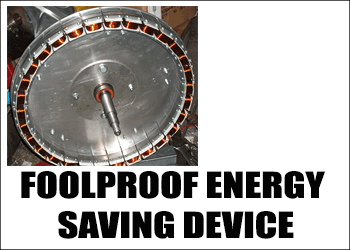Lighting crossing the sky is something that you have a hard time looking away from. There’s something magical about seeing all of that energy transpire right in front of your eyes. Unfortunately for homeowners, sometimes that gorgeous natural reaction from the environment can cause major problems inside the house.
Electricity from lightning strikes is looking for the quickest and easiest route to hit the ground. If that happens to be a power line or connection that runs through your home, it can cause everything that’s attached to that source to explode. There’s just too much power in a lightning bolt for your appliances to handle.
To keep your home completely protected during lightning storms and other electrical issues, the only thing that you can do is keep everything unplugged. That isn’t always the most reasonable answer. Instead of that, find out what other five actions you can take to help ensure your home and your belongings are kept safe.
Go Over Your Electrical Panel
The electrical panel is the central operating station for your entire electrical system. That’s where your first evaluation should take place. Go over each of the circuits to make sure they are operating properly and installed correctly. You should also have an RCD protection or Residual Current Device installed. In the event an overload happens, it will trip the electricity so that everything shuts down.
Examine the Outlets
Before plugging anything into an outlet, do a visual inspection of the area. If there is anything chipped, cracked, or broken, it needs to be replaced. Outlet covers are inexpensive and can be swapped out quickly. If the outlet has any dark spots around it, it could be a sign that something is burning up behind the protection of the cover. It needs to be looked at by a professional before you use it.
Use Surge Protectors
There should be a surge protector at your main panel that helps in protecting you from indirect lighting strikes and major power surges coming down the line from somewhere else in the connection. Along with having a surge protector at the main panel, you can use smaller surge protectors that plug directly into the outlet. Check the ones you are using to make sure that they aren’t just power strips. They will have a certification on it stating it is UL rated. These help with the little surges that happen whenever you are using an electronic device like a vacuum or a hairdryer. Without a surge protector, not only are you sending shocks throughout your home, you are causing premature damage to whatever appliance you are using.
Related Article: How to Turn Your Car Into an Emergency Generator During a Power Outage
Don’t Overload Outlets
One of the most common reasons for house fires is an overloaded outlet. Each outlet is only rated to run a certain amount of electricity through it. If you try and hook up multiple surge protectors to operate more equipment than it can keep up with, you can cause the entire system to malfunction. While your electric source is trying to make every device you have plugged in work, it’s overworking and therefore overheating. If you see an outlet that has multiple electronics hooked up to it, you should unplug some of them and consider using different outlets to spread out the amount of electricity going through one source.
Check Your Cables
Broken, frayed, or damaged cables aren’t adequate for running electricity from the outlet to the device and can quickly start on fire. Don’t use anything that has a broken cord. Replace the cable or toss the device.
Each year about 20,000 homes catch fire due to faults in the electric system. Be sure to follow these five tips before calling a professional. That being said, you should get an Electrical Installation Condition Report about every ten years to ensure all of your systems are operating properly.




